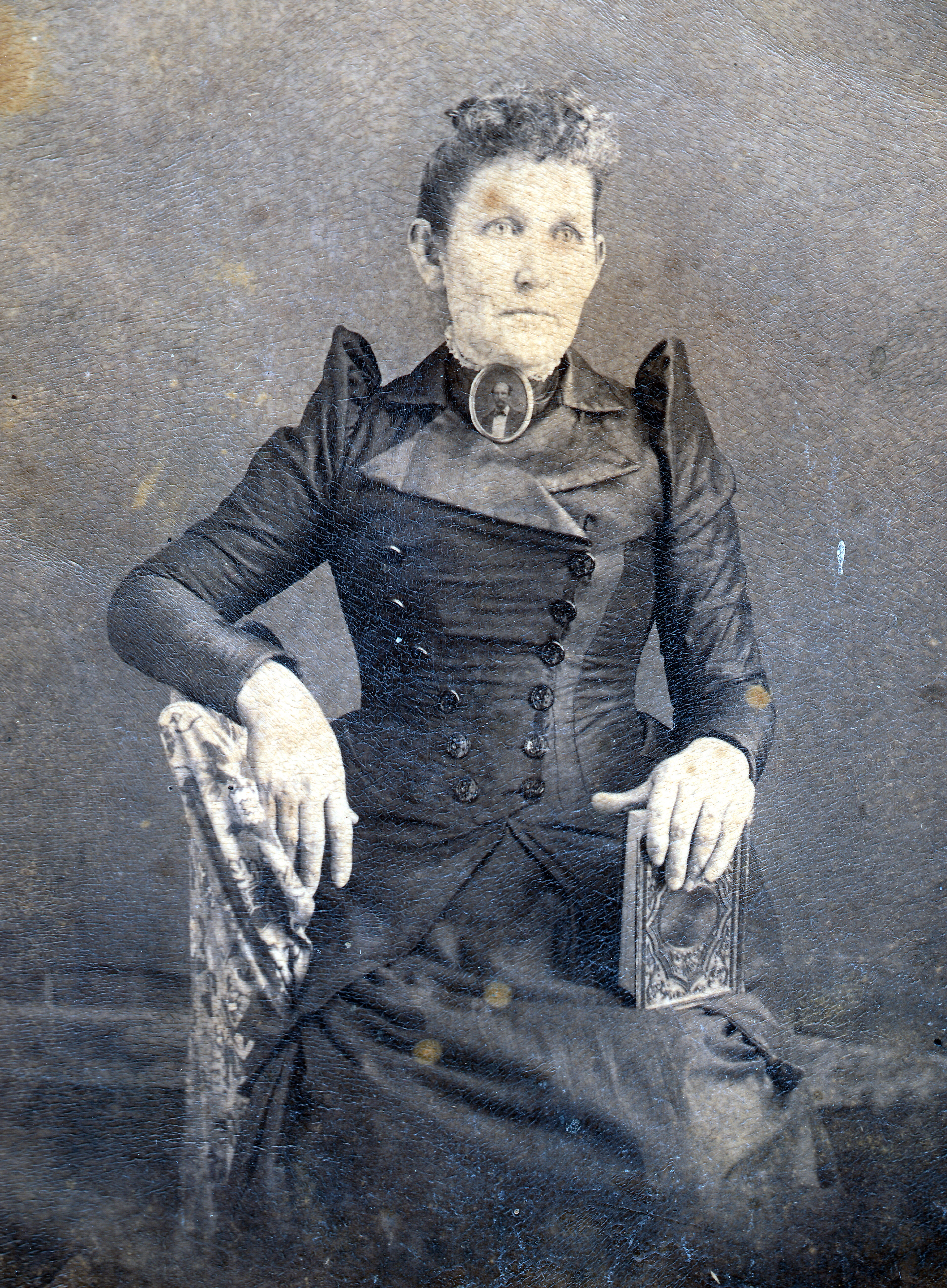Possible Civil War Widow
Date & Place:
Not specified or unknown.


 Kyle Rambo
Kyle Rambo  AncientFaces
AncientFaces  Tarah Thomas
Tarah Thomas  Susan Schloss
Susan Schloss  Indiana Saunders
Indiana Saunders  Susan Schloss
Susan Schloss  Daniel Pinna
Daniel Pinna